Learning About Your Child's Inhalers
An inhaler is used to send medicine right to your child's lungs. It's often used for asthma and other lung diseases that make it hard to breathe. Using an inhaler the right way can help keep your child's symptoms under control.
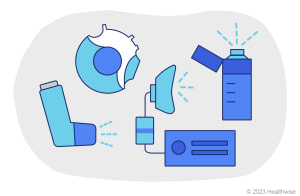
Different devices can send medicine straight to your child's lungs. They include metered-dose inhalers, dry powder inhalers, and nebulizers. Your child may need to use more than one type of device.
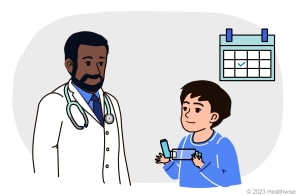
Have your child bring their inhalers with them to all appointments. Ask the doctor, nurse, pharmacist, or respiratory therapist to show you and your child how to use them.
What do you need to know about using inhalers?
Learn to use your inhaler.
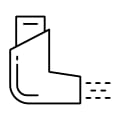
It's important to know the right way to use each type of inhaler. Here are a few ways to learn:
- Talk to your doctor, nurse, pharmacist, or respiratory therapist.
- Read the instructions. These may direct you to an online video about your inhaler.
Prepare your inhaler.
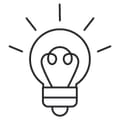
Before using the inhaler you need to know:
- Whether to prime it or shake it.
- Whether to use a mask-type or a mouthpiece-type spacer.
- How to load medicine into the inhaler. (Not all inhalers need medicine loaded.)
Use your inhaler.
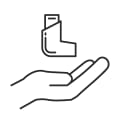
Each kind of inhaler is used differently. You may learn:
- How to hold it.
- When or how to breathe.
- How long to hold your breath.
- If you need to rinse your mouth out after using it.
Care for your inhaler.
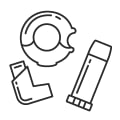
Each kind of inhaler needs different care. You may also learn:
- How to read the dose counter or other ways to know how many doses are left.
- How to know if you need a refill.
- How or if to clean it. Some inhalers don't need cleaning.
- How to store it.
- When to throw it away.
You can learn more about asthma from the ECHO research program website. Evidence in Child Health to Enhance Outcomes (ECHO) uses evidence and research to provide information to help improve the health of children in Alberta.
Where can you learn more?
Go to https://www.healthwise.net/patientEd
Enter I215 in the search box to learn more about "Learning About Your Child's Inhalers".
Adaptation Date: 06/03/2025
Adapted By: Alberta Health Services
Adaptation Reviewed By: Alberta Health Services
